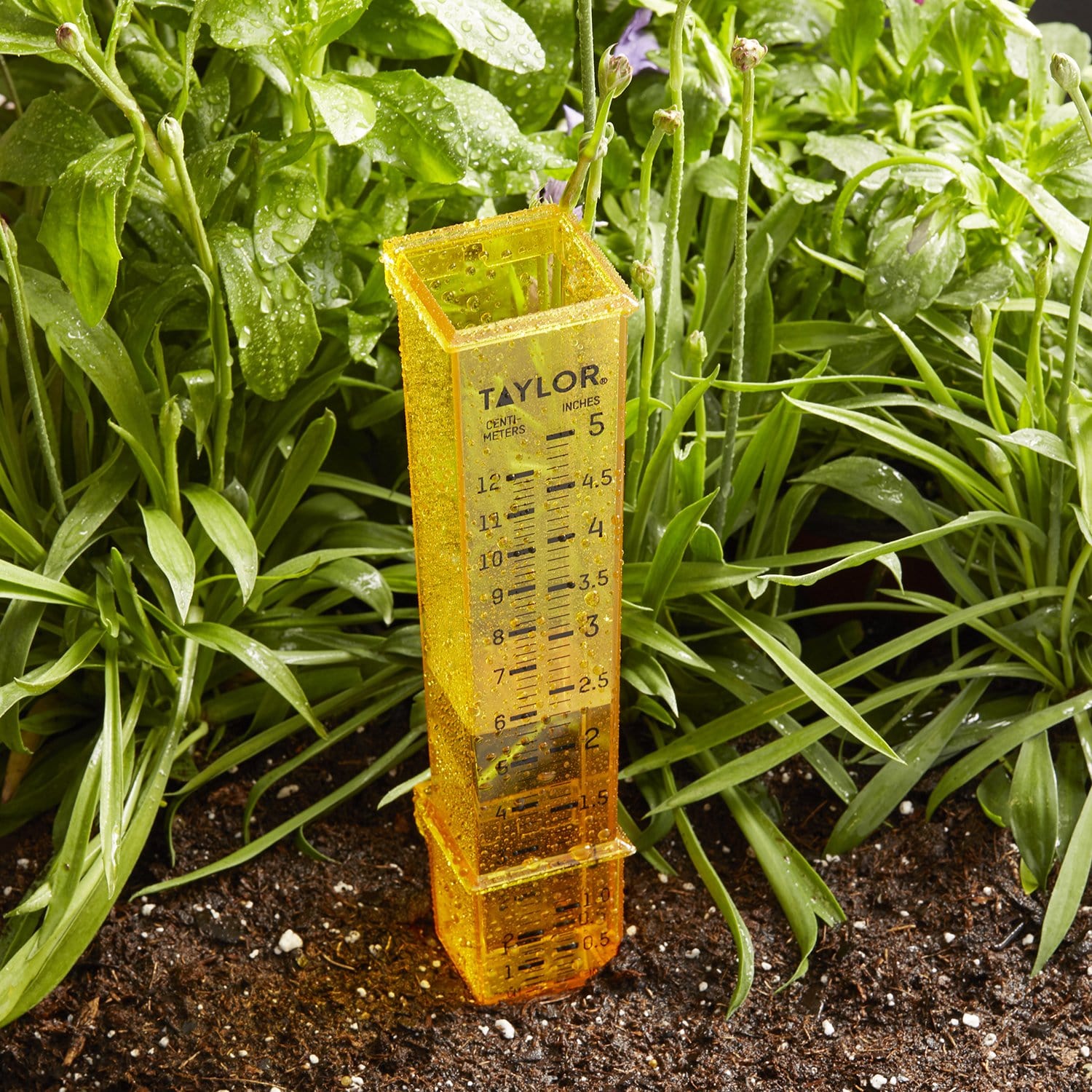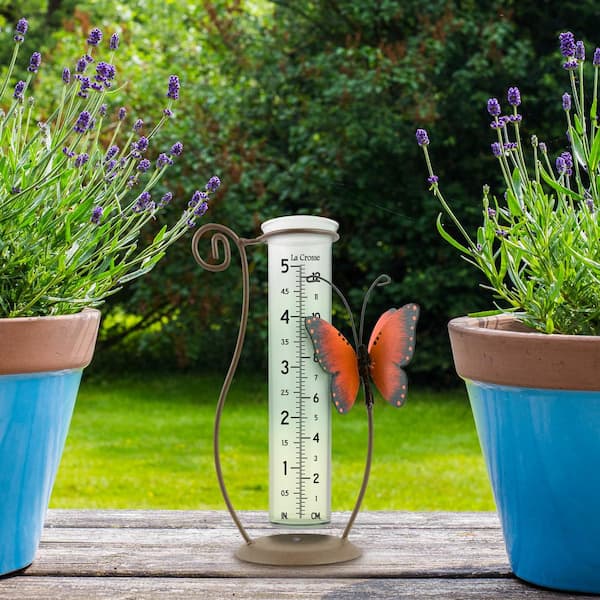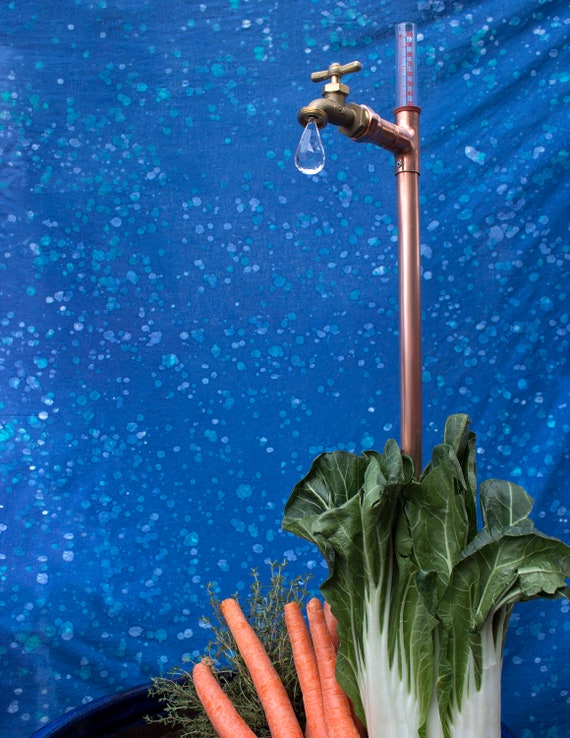Just How to Choose the Right Rain Scale for Accurate Rain Information
Precise rainfall information is critical for different markets and tasks, such as water, farming, and meteorology resource administration. To acquire dependable dimensions, it is important to choose the appropriate rainfall scale. This overview aims to give valuable understandings into the choice procedure, permitting you to make educated choices. Thinking about variables such as area, type, and precision of the rainfall gauge will certainly aid make sure exact data collection. In addition, recognizing the maintenance and calibration procedures will certainly add to the long life and reliability of your rainfall gauge. By adhering to these guidelines, you can make certain exact rains data, enabling much better decision-making and preparation for numerous applications.
Relevance of Selecting the Right Rain Scale
The value of selecting the appropriate rainfall scale exists in obtaining specific and reliable rainfall data for exact atmospheric analysis. Rain information is essential for a vast array of applications, consisting of climate projecting, hydrological modeling, and climate research study. Undependable or unreliable data can bring about wrong conclusions and flawed decision-making procedures.

Secondly, the accuracy and accuracy of the rain scale are vital. The scale should have the ability to measure rains with high precision, capturing also small quantities of precipitation precisely. It should likewise reduce mistakes as a result of evaporation, wind, and various other environmental elements. Routine calibration and upkeep are necessary to guarantee recurring accuracy.
Moreover, the place and setup of the rainfall gauge are crucial factors to consider. It ought to be put in an open area, away from obstructions that might affect rainfall dimensions. The scale must be placed at an ideal elevation and angle to avoid spilling and ensure correct catchment of rain.
Variables to Consider When Choosing a Rainfall Scale
When selecting a rainfall gauge, there are a number of essential elements to consider. These elements can significantly influence the accuracy and reliability of the rains data accumulated. The very first factor to think about is the sort of rainfall gauge. There are various kinds offered, consisting of standard rain assesses, tipping bucket rainfall evaluates, and evaluating rainfall evaluates. Each kind has its own advantages and disadvantages, so it is necessary to select one that best matches your details requirements and requirements.
Another aspect to consider is the material of the rainfall scale. Rainfall gauges can be constructed from different materials, such as metal, glass, or plastic. The product chosen ought to be resistant and durable to weather, making sure that the rainfall scale will stand up to the elements and supply exact measurements gradually.
Accuracy is also a vital variable to consider. Look for rainfall assesses that have actually been calibrated and examined for precision. Functions such as anti-splash rings and funnels can also enhance the accuracy of the dimensions.

Finally, consider the climate and atmosphere in which the rainfall scale will certainly be used. Different rainfall assesses appropriate for different climates, so Find Out More it is essential to select one that is ideal for the conditions in your location.
Various Kinds Of Rain Gauges Readily Available
To better explore the aspects to think about when choosing a rain scale, it is necessary to understand the different types of rainfall assesses available. There are numerous kinds of rain evaluates, each with its own advantages and drawbacks. The most common kind is the conventional rainfall scale, also known as the round rainfall gauge. This type includes a straight-sided cylindrical container with a funnel-shaped top. It is basic to utilize and offers exact dimensions of rains.
Another kind of rain gauge is the tipping bucket rainfall gauge. This gauge makes use of a seesaw-like device to collect and measure rainfall. As the rain falls under the scale, it fills out one side of the pail, creating it to empty the water and tip. The number of pointers is counted digitally to figure out the amount of rainfall. Tipping bucket rainfall evaluates are popular for their accuracy and capability to measure rainfall strength.
A third type of rain gauge is the considering rain gauge. As the rain falls into the scale, it is gathered in a container connected to an equilibrium.
Lastly, there are likewise remote rainfall assesses that use advanced technology to determine rainfall (The Rain Gauge). These gauges usage sensing units and transmitters to send data wirelessly to a main device. Remote rainfall evaluates are have a peek at this site practical for checking rainfall in hard-to-reach locations or for large-scale information collection
How to Determine the Precision of a Rain Gauge
One method to evaluate the accuracy of a rain gauge is by performing regular calibration measurements. Calibration involves comparing the analyses of a rain gauge to a conventional dimension, such as a certified rain gauge or a climate terminal with high precision. By contrasting the measurements, any discrepancies or inaccuracies in the rain gauge can be identified and made up.
To perform a calibration measurement, start by gathering rainfall data from both the rainfall gauge and the typical dimension device over a particular amount of time, such as a month. After that, contrast the analyses and compute the difference between them. This difference is referred to as the calibration error.
It is very important to note that calibration dimensions must be executed consistently, as ecological variables, such as wind, particles, and temperature, can influence the precision of the rain gauge in time. By carrying out regular calibrations, any modifications in the accuracy of the rainfall gauge can be discovered and modifications can be made as necessary.
In addition to calibration, it is likewise suggested to clean and maintain the rainfall gauge frequently to guarantee its precision. Eliminate any type of debris or obstructions that may impact the precision of the dimensions, and look for any type of signs of damage or put on that might need fixings or replacement.
Tips for Preserving and Calibrating Your Rain Scale
Regular upkeep and calibration are essential for making sure the accuracy and integrity of your rain gauge in gauging rainfall information (The Rain Gauge). By adhering to a few basic tips, you can ensure that your rain scale is properly maintained and adjusted
Firstly, it is crucial to cleanse your rain gauge regularly to stop any kind of debris or dirt from blocking the rainfall collection device. Use a soft brush and a mild cleaning agent to delicately clean the inside and beyond the scale. Wash it thoroughly with clean water and enable it to completely dry totally prior to re-installing it.
Second of all, it is suggested to adjust your rain gauge at least annually. Calibration entails contrasting the measurements of your rain gauge with those of a relied on and exact reference gauge. This will certainly assist you determine and fix any type of prospective errors in your rain gauge's measurements.
To calibrate your rain scale, collect a known quantity of water making use of a measuring container and compare it with the measurements recorded by your rain gauge. Adjust the readings accordingly to ensure precision.

Final Thought
In verdict, picking the ideal rain scale is vital for getting precise rainfall information. Aspects such as area, function, and spending plan need to be thought about when selecting a rain gauge.
There are various types available, consisting of standard rainfall assesses, tipping bucket rain assesses, and evaluating rainfall assesses.To better check out the elements to take into consideration when picking a rainfall scale, it is vital to recognize the various types of rainfall assesses offered. The most common type is the typical rainfall gauge, likewise understood as the hop over to here cylindrical rainfall gauge.Another kind of rainfall scale is the tipping pail rainfall gauge. Calibration entails comparing the analyses of a rain scale to a basic measurement, such as a qualified rain gauge or a weather condition station with high accuracy.